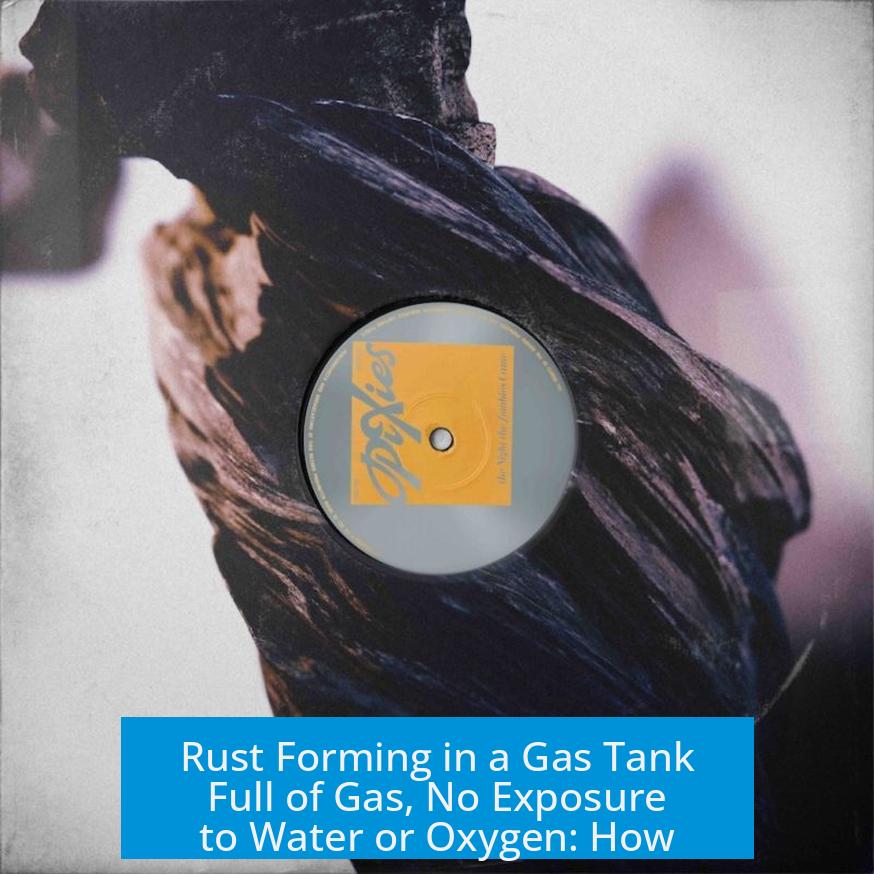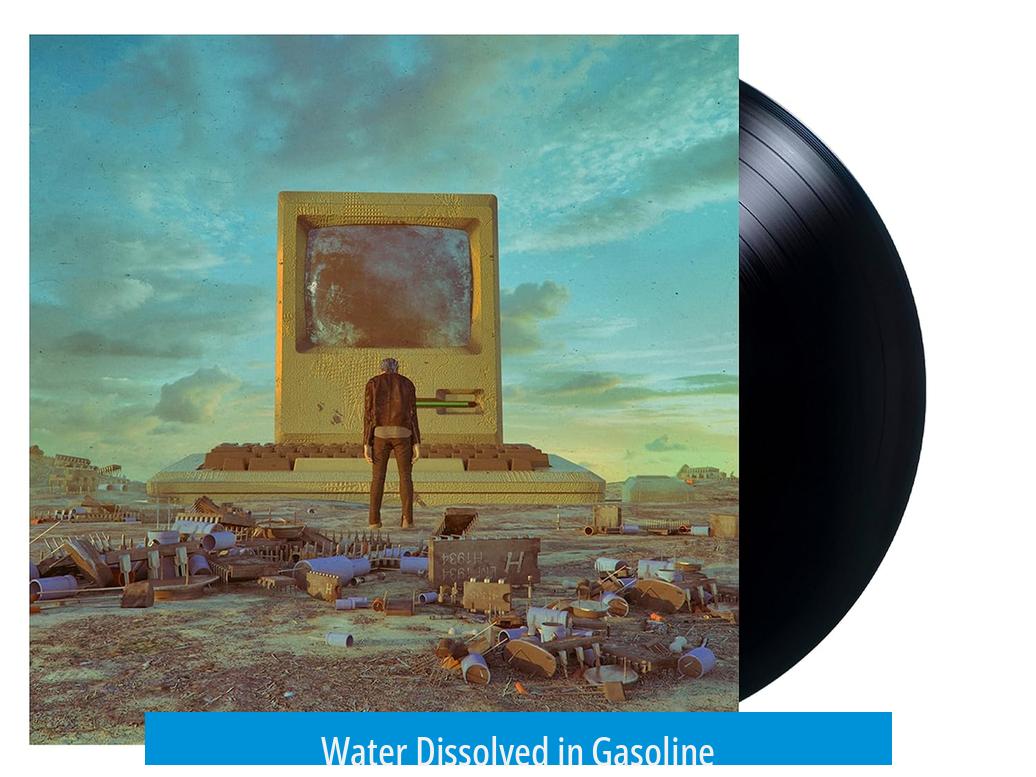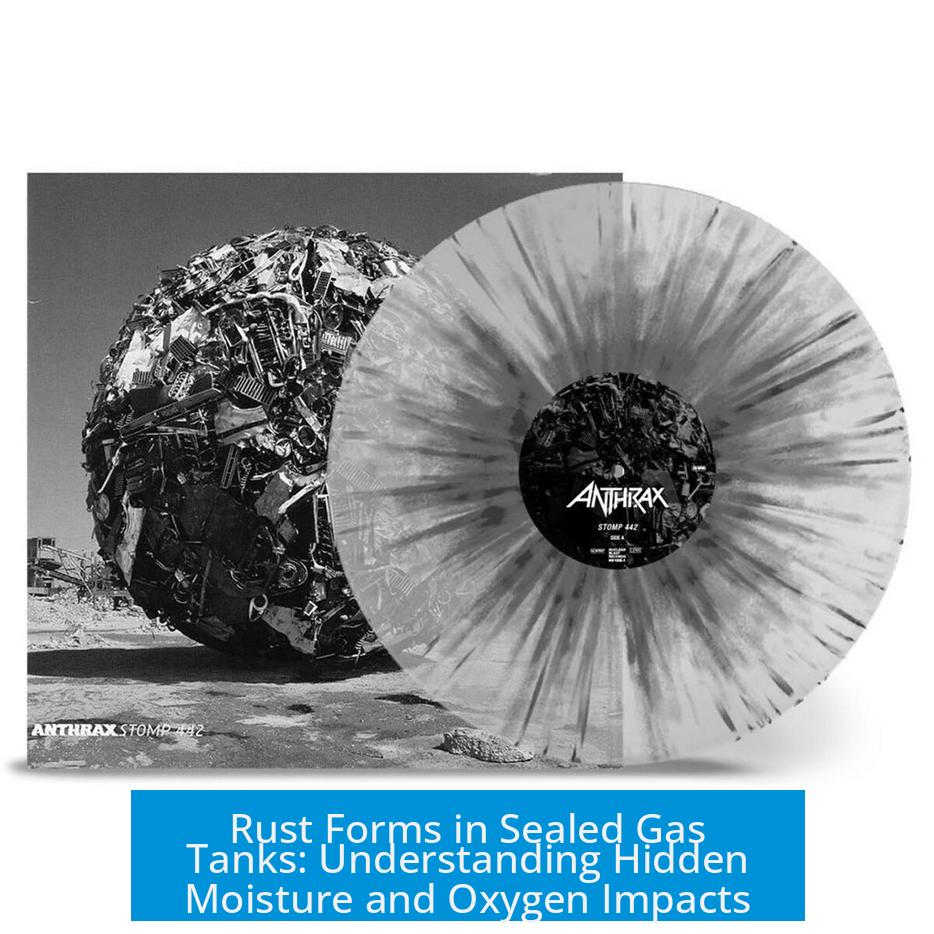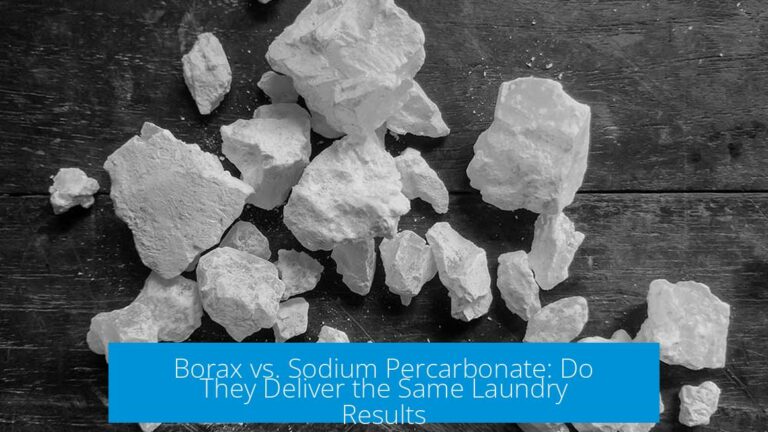Rust Forming in a Gas Tank Full of Gas, No Exposure to Water or Oxygen: How?

Rust can form inside a gas tank full of fuel even without direct exposure to liquid water or air oxygen. This happens because small amounts of moisture and oxygen dissolve in the fuel itself, especially due to ethanol’s water-attracting properties and oxygen diffusion through liquids. Additionally, residues and tank surface conditions can accelerate corrosion reactions that appear as rust even without classic water and oxygen exposure.
Understanding Rust Formation in a Sealed Gas Tank
The classic rusting process involves iron, water, and oxygen reacting to form iron oxides. A gas tank filled with fuel seems isolated from oxygen and water, but microscopic quantities of both can still be present.
This presence is enough to initiate and sustain rust formation over time, especially if the tank’s inside surface or the fuel chemistry facilitates corrosion.
Moisture Presence Despite Apparent Absence
Ethanol Content in Fuel Attracts Water
Modern gasoline blends often contain ethanol, typically between 5 to 10%. Ethanol is hygroscopic, meaning it attracts and holds water molecules from the surrounding environment.
Even if the gas tank is sealed, small amounts of moisture can enter during fuel filling or from vapor space condensation. Ethanol dissolves this water into the fuel, increasing the moisture content.
Water Dissolved in Gasoline

Pure gasoline normally holds very little water—typically less than 0.02%. However, when stored for extended periods, gasoline can dissolve up to 0.5% to 1% water, especially in the presence of ethanol. This small water quantity dispersed throughout the fuel is ample to support rust formation on unprotected steel surfaces.
This dissolved water does not form a separate phase but creates microscopic areas of high humidity wherever it contacts the tank’s metal surfaces.
Oxygen Diffusion Into Liquid Fuel
Oxygen Is Present Inside Fuel Despite the Seal
Gasoline can absorb dissolved oxygen from the air it contacts during fueling or via vapor space interchange. Oxygen molecules, although limited in solubility, diffuse throughout the fuel liquid.
Diffused oxygen supports oxidation reactions on the metal tank surface. Therefore, assuming complete absence of oxygen inside a fuel tank is incorrect.
Small Oxygen Concentrations Support Corrosion
Even trace oxygen levels dissolved in liquid fuel can initiate corrosion on steel surfaces, forming rust over time. The process is slow but persistent, with iron oxidizing to form hydrated iron oxides (rust).
Corrosive Effects Beyond Classic Rusting
Residues From Additives or Tank Cleaners
Corrosion can also arise from acids, salts, or other residues left by fuel additives or tank cleaning agents. These chemicals may attack metal surfaces independently of water or oxygen.
This corrosion might appear rust-like but could stem from different chemical processes involving surface pitting or localized metal degradation.
Surface Treatment and Increased Reactivity
Certain tank surface treatments, like using chelating agents with surfactants, while removing rust, increase metal surface area and reactivity. This heightened reactivity accelerates oxidation when exposed to minimal oxygen and moisture.
Without passivation after such treatment, the tank surface remains vulnerable to accelerated rust formation, even under limited exposure conditions.
Factors That Increase Rust Risk in Fuel Tanks
- Fuel Cap Seal Leakage: A compromised seal allows air and moisture ingress, increasing corrosion risks.
- Metal Contact and Welding: Different metals in contact inside or near the tank can create galvanic corrosion, accelerating rust.
- Long Storage Time: Fuels left in storage tanks for months or years increase the chance of dissolved water and oxygen buildup.
- Surface Conditions: Rough or chemically modified metal surfaces are more prone to rust formation under minimal moisture and oxygen.
Preventing Rust Formation Inside Gas Tanks
Tank Coatings and Linings
Applying a chemical protective lining inside the tank can block the steel surface from contacting moisture and oxygen. Products like Caswell epoxy or 3M specialized tank coatings form barriers that minimize any oxidation reactions.
These coatings resist chemical attack and prevent rust even when small amounts of dissolved water or oxygen are present.
Material Alternatives
Switching to corrosion-resistant materials reduces rust risk. Plastic fuel tanks, common in modern vehicles, do not rust and avoid the issue intrinsically.
Where steel is necessary, selecting corrosion-resistant alloys or treated surfaces improves longevity.
Maintain Proper Seals and Inspections
Regularly checking and maintaining fuel caps and seals prevents external moisture and oxygen from entering. Proper ventilation designs can minimize vapor space oxygen accumulation.
Summary: Key Points About Rust in Sealed Gas Tanks
- Gasoline contains ethanol that absorbs trace moisture, raising water content inside the tank.
- Oxygen diffuses into the fuel, enabling oxidation even in sealed tanks.
- Dissolved water and oxygen suffice to initiate rust on steel surfaces.
- Additive residues or cleaning chemicals may promote corrosion resembling rust.
- Tank surface treatments influence corrosion susceptibility; lack of passivation worsens rusting.
- Proper seals, surface coatings, and alternative materials prevent or reduce rust formation.
How can rust form inside a gas tank filled with gas without direct water or oxygen exposure?
Small amounts of moisture and oxygen dissolve in gasoline. Ethanol in fuel attracts water, and oxygen diffuses through the liquid. This creates a micro-environment that promotes rust on steel surfaces inside the tank.
Can ethanol in fuel cause rust inside a gas tank?
Yes. Ethanol is hygroscopic, meaning it absorbs moisture from the air. This moisture then mixes with gasoline, increasing the chance of rust forming inside the tank even if no free water is visible.
Is it possible to get rust without classical exposure to oxygen or water?
Yes. Residues from additives or cleaners can corrode metal surfaces in ways that look like rust. Chemical reactions may occur without the typical water and oxygen presence.
Could a faulty fuel cap seal cause rust inside a supposedly sealed gas tank?
Absolutely. A bad seal allows air and moisture to enter the tank. Even minimal exposure to outside air can introduce oxygen and water vapor, triggering rust formation.
What role do tank surface treatments play in rust formation?
Chelating agents and surfactants can increase the metal’s reactivity by removing rust and exposing more surface. Without proper passivation afterward, the tank becomes more prone to rust.
How can rust inside a gas tank be prevented?
Use protective coatings like epoxy liners or chemical tank treatments. Ensure seals are intact. Switching to plastic tanks can also eliminate rust risk since plastic does not corrode.





Leave a Comment